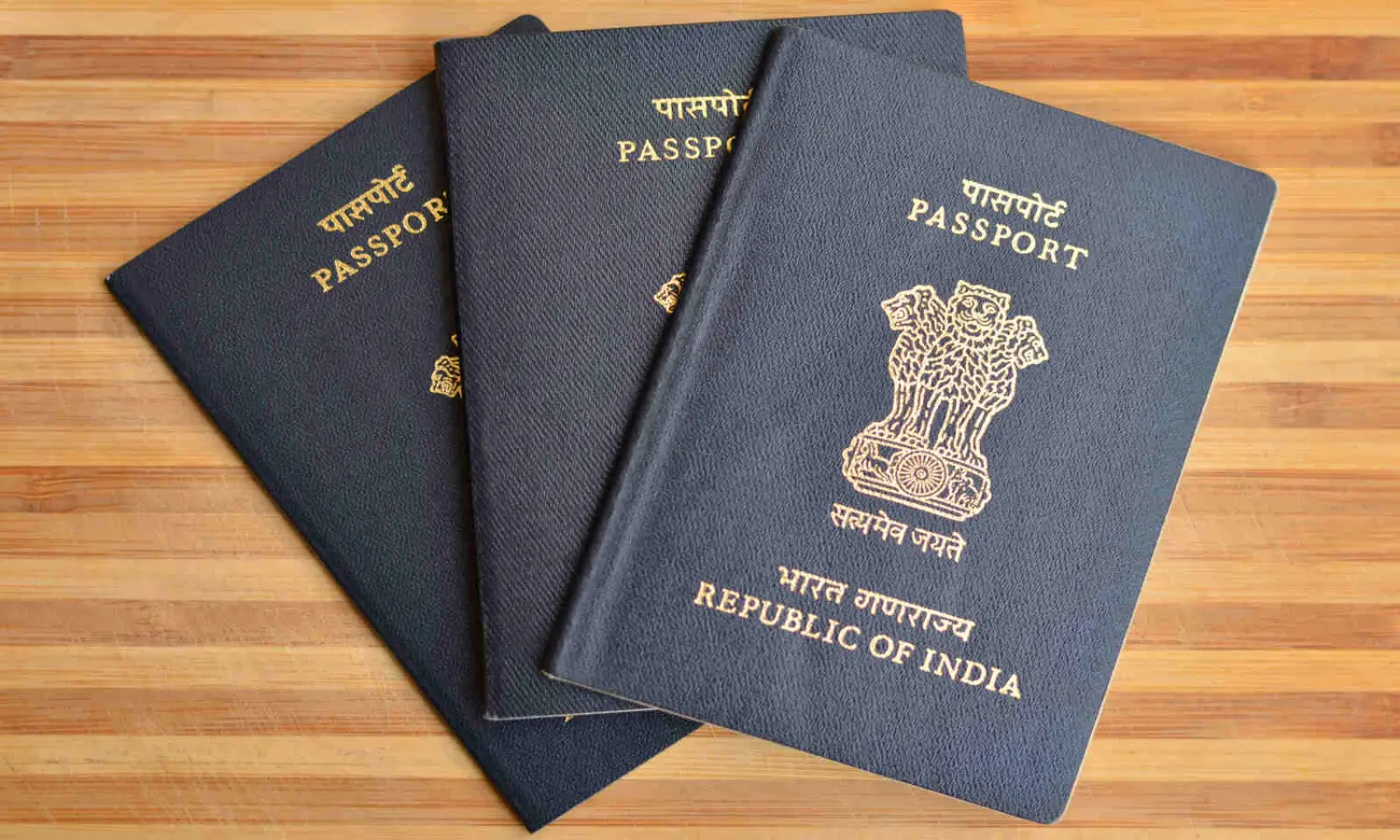Explained: Chip-embedded e-passports and How it Will Make Travel Smoother
FM Nirmala Sitharaman announced that e-passports will be rolled out in 2022-23, while 20,000 of these were first issued in 2008

Representational Image: Shutterstock.com
Union Finance Minister Nirmala Sitharaman, in her Budget speech on February 1, 2022, announced that the Centre will roll out chip-enabled e-passports in 2022-23.
"The issuance of e-passports using embedded chip and futuristic technology will be rolled out in 2022-23 to enhance the convenience for citizens in their overseas travel," said Sitharaman in Parliament.
But this is not a recent initiative by the Modi government. In 2008, the Ministry of External Affairs (MEA) conducted the first phase of issuing e-passports to officials and bureaucrats in the country. The then President of India Pratibha Patil, then Prime Minister Manmohan Singh and then Vice-President Mohammad Hamid Ansari were the first to receive the biometric e-passports. Moreover, about 20,000 passports were issued for officials and bureaucrats the following month. Currently, India issues passports for its citizens in printed booklets.
How e-passports function
An electronic passport or biometric passport features microchip technology as it will have a security chip embedded on the second page of the passport with personal data including the passport holder's biometrics and a digital signature unique to each country that can be verified using a certificate. The personal details of the applicants will be digitally signed and stored in the chip. If tampered with, the system will be able to identify, resulting in the failure of passport authentication.
While the software is developed by Indian Institutes of Technology, Kanpur (IIT-K) and National Informatics Centre (NIC), the manufacturing of blank e-passports with electronic chip inlays and enhanced security features has been assigned to Indian Security Press in Nashik and the MEA.
These electronic contactless inlays will be compliant with the standards of International Civil Aviation Organization (ICAO) for reading passports across the world. "The Indian Passport standard goes one step ahead and defines the standard of interoperability even while personalising the passports in the passport offices across the country and missions abroad. This permits the inlays with embedded chip and antenna to be procured by the manufacturers across the world without any further implication of security than what is required for a blank passport booklet," reads the IIT Kanpur's website.
According to ICAO, more than 100 issuing authorities have rolled out e-passports. Countries like Ireland, Zimbabwe, Malawi, along with India's neighbours Pakistan, Nepal and Bangladesh, have issued such passports.
Currently, India stands 84 at the Henley Passport Index 2022 with a score of 59, which means that Indian passport holders are allowed to travel visa-free to 59 countries.
The e-Passport will enhance the security of passports, eliminate duplication and data tampering and will be used by border control authorities to monitor the entry and exit of passengers, according to the MEA.
Unauthorised data transfer will also be blocked through radio-frequency identification or RFID making the acceptance into other countries without a prior visa easier.


